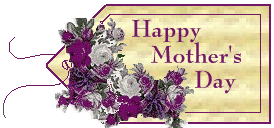

So when and why did we start
celebrating Moms with a special day?
Turn up your speakers, scroll down and learn about
this celebration.
Be sure to print out this page and share
it with your friends,
family and of course your Mom!
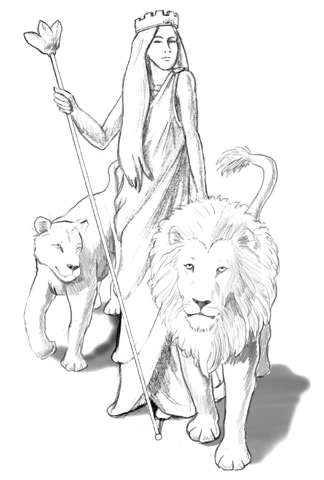
EARLY CELEBRATIONS
Some historians believe that the earliest celebrations of Mother's Day was the ancient spring festival
dedicated to mother goddesses. The ancient Greek empire had a spring festival
honoring Rhea, wife of Cronus
and mother of the gods and goddesses. In Rome there was a Mother's Day-like festival
dedicated to the worship of Cybele, also a mother goddess. Ceremonies in her honor began some 250
years before Christ was born. This Roman religious celebration, known as Hilaria, lasted for three days - from
March 15 to 18.
ENGLAND'S MOTHERING SUNDAY
England's "Mothering Sunday", similar to Mother's Day, also called Mid-Lent
Sunday, is observed on the fourth Sunday in Lent. Some say the ceremonies in honor of Cybele were adopted
by the early church to venerate the Mother of Christ, Mary. Others believe the Mother Church was substituted
for mother goddess and custom began to dictate that a person visit the church of his/her baptism on this day.
People attended the mother church of their parish, laden with offerings.
Also in England in the 1600's, young men and women who were apprentices or servants returned home on
Mothering Sunday, bringing to their mothers small gifts like trinkets or a "mothering cake". Sometimes
frumenty
was served - wheat grains boiled in sweet milk, sugared and spiced.
In northern England and in Scotland, the preferred refreshments were carlings - pancakes made of steeped
pease fried in butter, with pepper and salt. In fact, in some locations this day was called Carling Sunday.
Another kind of mothering cake was the simnel cake, a very rich fruit cake. The Lenten fast dictated that the
simnel cake had to keep until Easter. It was boiled in water, then baked, and was often finished with an
almond icing. Sometimes the crust was of flour and water, colored with saffron.
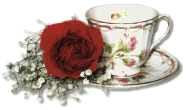
Anna M. Jarvis
In the United States, Mother's Day started nearly 150 years ago, when Anna Jarvis, an Appalachian
homemaker, organized a day to raise awareness of poor health conditions in her community, a cause she
believed would be best advocated by mothers. She called it "Mother's Work Day."
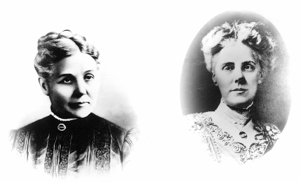 In 1905 when Anna Jarvis died, her daughter, also named Anna, began a campaign to memorialize the life
work of her mother. Legend has it that young Anna remembered a Sunday school lesson that her mother gave
in which she said, "I hope and pray that someone, sometime, will found a memorial mother's day. There are
many days for men, but none for mothers."
In 1905 when Anna Jarvis died, her daughter, also named Anna, began a campaign to memorialize the life
work of her mother. Legend has it that young Anna remembered a Sunday school lesson that her mother gave
in which she said, "I hope and pray that someone, sometime, will found a memorial mother's day. There are
many days for men, but none for mothers."
Anna began to lobby prominent businessmen like John Wannamaker, and politicians including Presidents
Taft and Roosevelt to support her campaign to create a special day to honor mothers. At one of the first
services organized to celebrate Anna's mother in 1908, at her church in West Virginia, Anna handed out her
mother's favorite flower, the white carnation. Five years later, the House of Representatives adopted a
resolution calling for officials of the federal government to wear white carnations on Mother's Day. In 1914
Anna's hard work paid off when Woodrow Wilson signed a bill recognizing Mother's Day as a national holiday.
At first, people observed Mother's Day by attending church, writing letters to their mothers, and eventually, by
sending cards, presents, and flowers. With the increasing gift-giving activity associated with Mother's Day,
Anna Jarvis became enraged. She believed that the day's sentiment was being sacrificed at the expense of
greed and profit. In 1923 she filed a lawsuit to stop a Mother's Day festival, and was even arrested for
disturbing the peace at a convention selling carnations for a war mother's group. Before her death in 1948,
Jarvis is said to have confessed that she regretted ever starting the mother's day tradition.
Despite Jarvis's misgivings, Mother's Day has flourished in the United States. In fact, the second Sunday of
May has become the most popular day of the year to dine out, and telephone lines record their highest traffic,
as sons and daughters everywhere take advantage of this day to honor and to express appreciation of their
mothers.
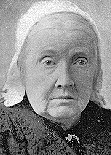 JULIA WARD HOWE
JULIA WARD HOWE
In the United States, Julia Ward Howe suggested the idea of Mother's Day in
1872.
She
wrote her Mother's
Day Proclamation in 1870.
Julia Ward Howe, a Boston poet, pacifist, suffragist, and author of the lyrics to the
"Battle
Hymn of the Republic," organized a day encouraging mothers to rally for peace, since she believed they bore
the loss of human life more harshly than anyone else.
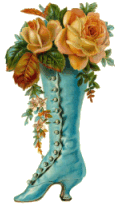
THE FIRST MOTHER'S DAY
The first Mother's Day observance was a church service honoring Mrs. Anna Reese Jarvis, held at Anna
Jarvis's request in Grafton, West Virginia, and in Philadelphia, Pennsylvania, on May 10, 1908.
Carnations, her mother's favorite flowers, were supplied at that first service by Miss Jarvis. White carnations
were chosen because they represented the sweetness, purity and endurance of mother love. Red carnations,
in time, became the symbol of a living mother. White ones now signify that one's mother has died.
OFFICIAL PROCLAMATION
The House of Representatives in May, 1913, unanimously adopted a resolution requesting the President, his
Cabinet, members of Congress, and all officials of the federal government to wear a white carnation on
Mother's Day. Congress passed another Joint Resolution May 8, 1914, designating the second Sunday in
May as Mother's Day. The U.S. flag is to be displayed on government buildings and at people's homes "as a
public expression of our love and reverence for the mothers of our country." President Woodrow Wilson
issued the first proclamation making Mother's Day an official national holiday.
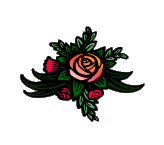

Juliet Calhoun
Blakeley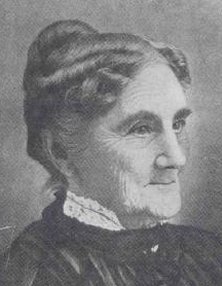
On May 13, 1877, the second Sunday of the month, Juliet Calhoun Blakeley stepped into the pulpit of the
Methodist-Episcopal Church and completed the sermon for the Reverand Myron Daughterty.
According to
local legend, Daughterty was distraught because an anti-temperance group had forced his son to spend the
night in a saloon.
Proud of their mother's achievement, Charles and Moses Blakeley encouraged other to pay tribute to their
mothers.
In the 1880's the Albion Methodist church began celebrating Mother's Day in Blakeley's honor.
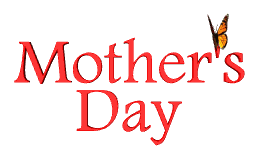
OTHER MOTHER'S DAY OBSERVANCES
The first Mother's Day proclamation was issued by the governor of West Virginia in 1910. Oklahoma
celebrated Mother's Day that year as well. By 1911 every state had its own observances. By then other areas
celebrating Mother's Day included Mexico, Canada, China, Japan, South America and Africa. The Mother's
Day International Association was incorporated on December 12, 1912, with the purpose of furthering
meaningful observations of Mother's Day.
Mother's Day is celebrated in many countries, including the United Kingdom, the United States, Denmark, Finland, Italy, Turkey, Australia, Mexico, Canada, China, Japan and Belgium. The day is used by children and husbands to honor mothers and grandmothers for all that they do in raising children.

Click on the Tea Cup to take our Mother's Day Trivia challenge.
Copyright ©Emotions Greeting Cards a division of VH Productions 2000-2003
